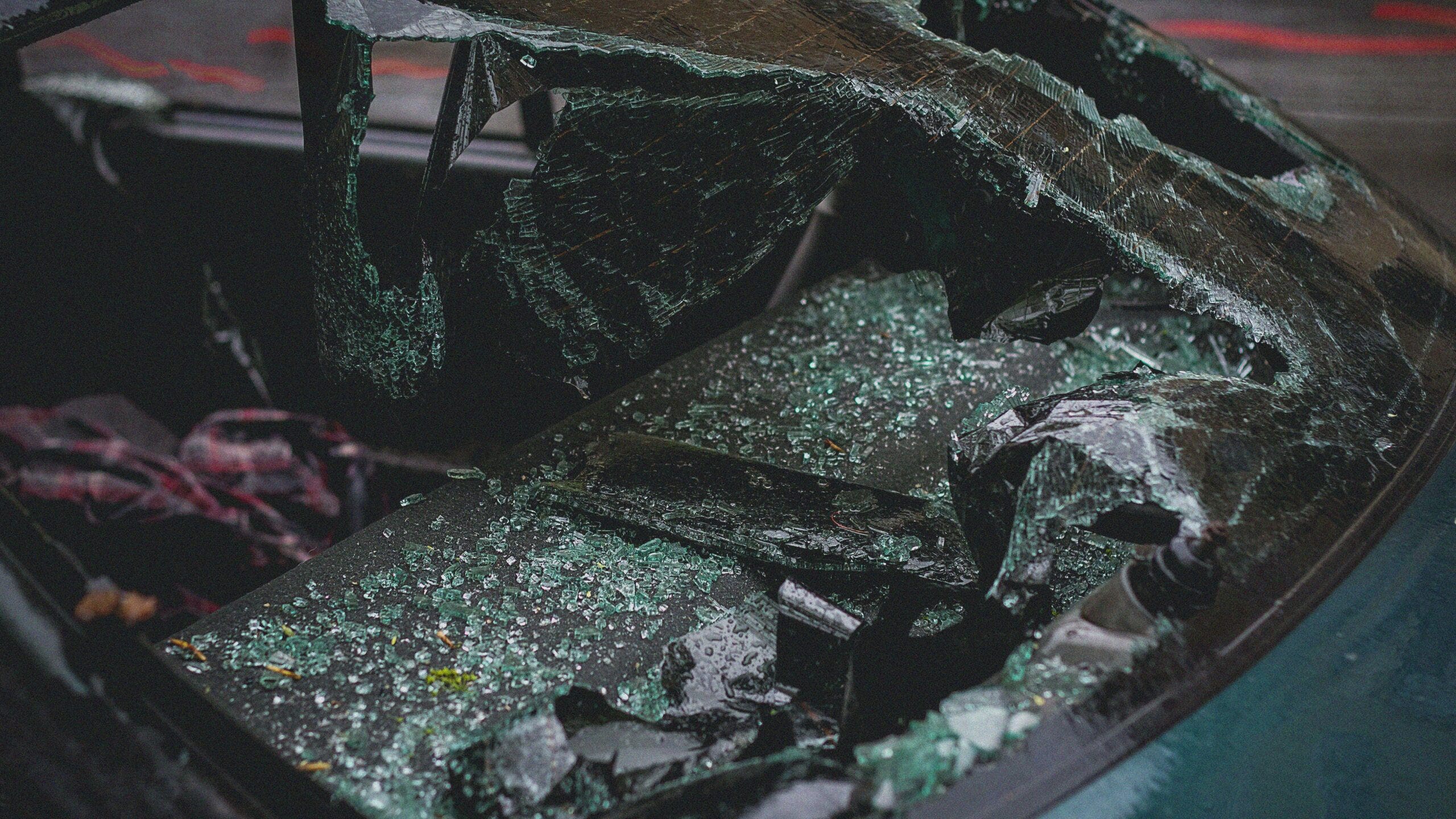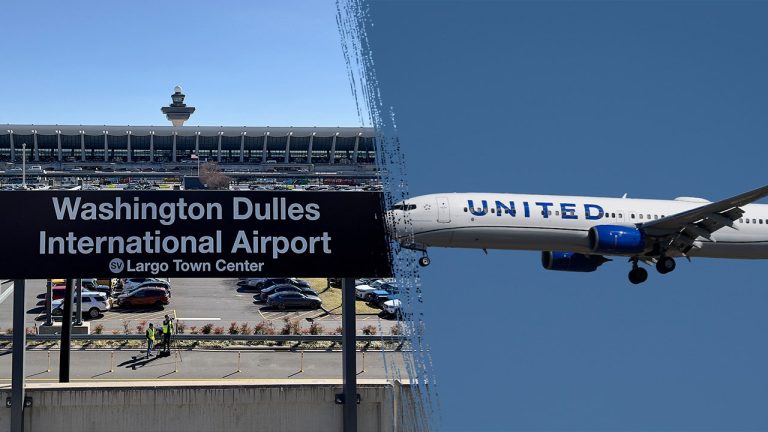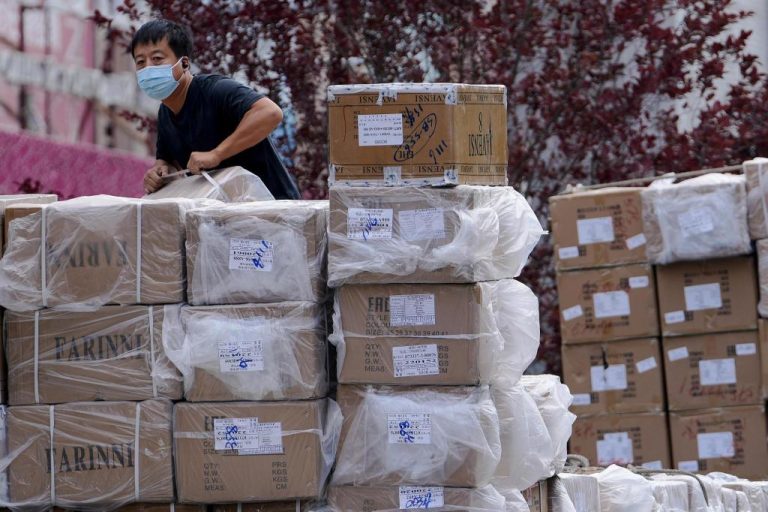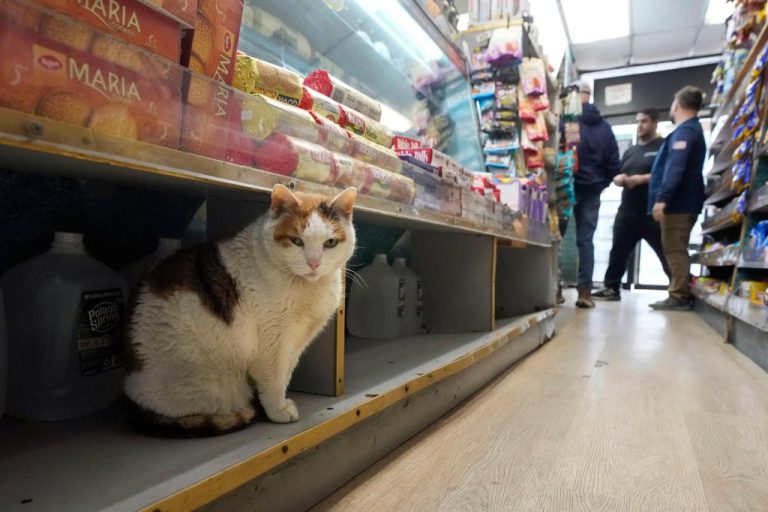
Own damage car insurance is the additional safety layer that gives you the financial support to get your car back in working condition in case of an accident. While the law protects car owners with the mandatory third party (TP) insurance, one could consider buying an own damage (OD) insurance for added protection.
Here’s how it works and why you should get it.
Own Damage Car Insurance Cover And Exclusions
As the name suggests, own damage cover helps with the cost of repairing your own vehicle when it gets damaged. Damages caused by the following are all covered:
- Accidental damage: provides coverage to the damages caused to your vehicle in case of any accident.
- Theft of vehicle.
- Damage to vehicles due to natural calamities like flood, cyclone, landslide, rockslide, earthquake, etc.
- Damage due to fire and lightning.
- If there is any damage while the vehicle is being transported through any mode i.e., road, rail, air.
- Damage due to man-made disasters like riot, strike, malicious act, terrorism.
Key inclusions include the below:
- Accidents that occur outside the geographical limits defined in your policy will not be covered.
- If you are driving without a valid driving license and meet with an accident, then the claim will not be entertained.
- If you use your personal vehicle for commercial purposes, racing, speed testing, etc.
- No claims will be covered if you are caught driving under the influence of alcohol.
Difference Between Third-Party Car Insurance and Own Damage Car Insurance
Key differences between third-party car insurance and own damage car insurance can be categorized into areas of coverage, compulsion, customization, and validity.
Factors that Affect Premiums of Own Damage Car Insurance
- Insured Declared Value (IDV): IDV is the current market value of your car. It is the maximum amount the insurer will pay in case of theft or damage to the vehicle that is beyond repair. From the moment you purchase your car, its value starts to depreciate; Insurance firms term it as the rate of depreciation. The insurance premium will be higher if your car has a higher IDV. As your car becomes older, the premium will reduce.
- Age of the Car: Age of the car is an important variable in assessing the premium amount. Newer cars, compared to older ones, have low depreciation and higher IDV which directly affects the insurance premium.
- Cubic Capacity of the Car: Also referred to as CC, it measures the size of your car’s engine. An engine having a cubic capacity higher than 1500 will attract higher premiums than one which has a lower CC (below 1500)
- Car Make / Model / Variant: The premium is directly proportional with the risk. The risk involved in insuring high-end cars, diesel cars, theft prone cars, etc. is higher than others, which is why your vehicle’s manufacturer, its fuel type, cubic capacity of the engine, etc. will have a direct impact on the car insurance premium.
- No Claim Bonus (NCB): No claim bonus is very important parameter to identify the past claim experience and driving behavior. Many insurers offer higher discounts on the premium based on past claim free periods as per NCB.
- Location: The RTO (place of registration) of the vehicle also has an impact on the insurance premium. Few RTOs & locations have a higher risk depending on past claims experiences, usage of the vehicle in high traffic areas, etc. due to which they attract higher premium than other favorable territories.
- Usage: Usage based insurance is a trend that the motor insurance industry is witnessing. You can save on premium depending upon how much and how well you drive. The lesser and better you drive, the lesser is the premium you pay and vice versa.
Ways to Reduce your Own Damage Car Insurance Premium
If you are opting for an own damage insurance policy for your car, you can implement a few useful measures to ensure it does not pinch your pocket. These measures include:
- Increase Voluntary Deductibles – A deductible is a specified amount that the insured has to bear at the time of a claim. Opting for a higher deductible earns you a discount on your premium. It would be wise to pay up a suitable yet considerable amount as that will reduce your premium proportionately.
- No Claim Bonus (NCB) – It is the discount you get on your premium at the time of renewal for not making a claim. Not claiming for small minor repairs, will ensure that your NCB is intact and hence your premium at the time of renewal will be lower. If you are switching your OD insurance policy after completing the term period, you must ensure that your NCB benefits are transferred to the new policy.
Claim Process of Own Damage Insurance Cover
With digital adoption, claims are now becoming completely paperless. The entire process, right from notifying the insurer to the final claim settlement, can be done digitally. Customers can also track their claims status digitally. For a smoother and faster claims experience, here is what you should you bear in mind:
Dos for Faster Claim Processing
- Time is of essence. So, the first and foremost step is to inform the insurer about the incident. This would allow the insurance company to quickly act and arrange for vehicle inspection, damage adjudication, investigation/fact finding in cases with gray areas and process the claim accordingly.
- Certain documents like claim form, vehicle registration certificate, driving license of the driver, estimate from workshop, etc. along with KYC documents in applicable cases, need to be submitted to insurers.
- Make it a practice to keep these documents accessible digitally, and if possible, keep a copy of these documents in your car, too.
- If possible, you should take photographs of the damaged car at the spot, as this would account for critical proof and can be shared with the insurer to support your insurance claim.
- As a car owner, you are required to provide details like policy number, date and time of accident, place of accident, narration on how the accident occurred, along with the name of the driver of the vehicle. If the accident is reported to the police station, please declare the same. Also, if anyone is injured or it is a fatal accident, share details with your insurer immediately.
Don’ts for a Faster Claim Processing
- You should not hide any facts from the insurance company because once found, it could result in rejection of the claim
- You should never get the car repaired before getting the vehicle inspected by the insurance company. Please utilize your insurer’s network workshops. These are the approved workshops by insurers for prompt service and avail cashless facility.
Bottom Line
If you love your car, ensure that you keep it protected. Some car owners are still unaware of the importance of standalone own damage insurance and skip it as it is not a compulsion. What they need to understand is spending a little extra on OD insurance may potentially help protect them against the financial burden.
Also, buying the policy digitally may turn out to be much easier and convenient as one can get all information on products options available, pricing, etc. whenever they want and wherever they want.







